читайте также
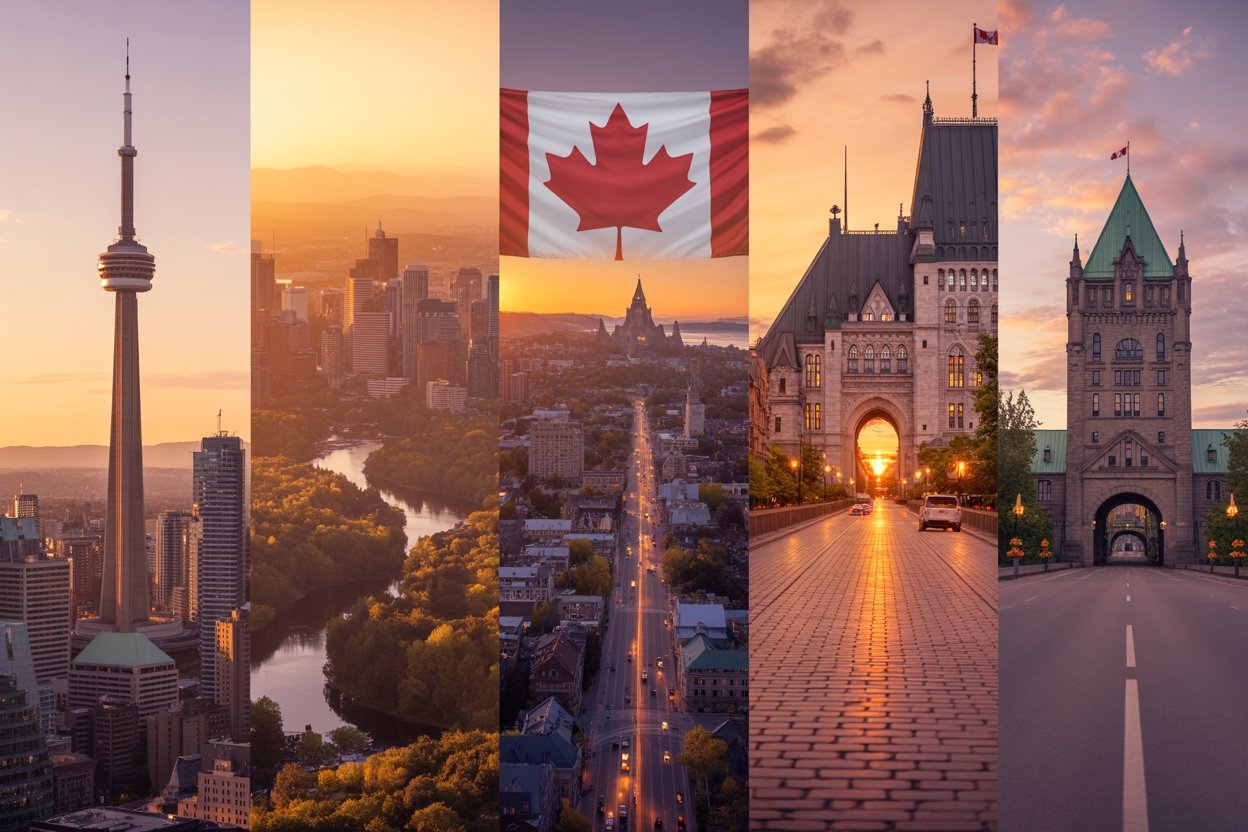 Toronto Joins Vancouver, Ottawa, Montréal, Québec City, and Kelowna in Raising Tourism Taxes from 2026: What Travelers Should Expect
Toronto Joins Vancouver, Ottawa, Montréal, Québec City, and Kelowna in Raising Tourism Taxes from 2026: What Travelers Should Expect
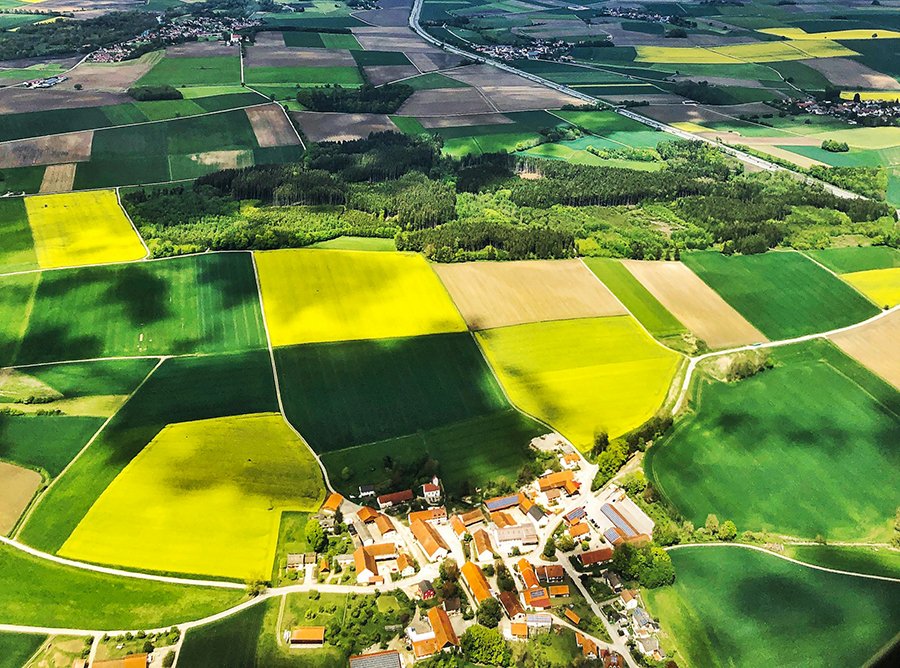 Europe’s Economy 2025: ECB Records Service-Sector Growth and Export Decline
Europe’s Economy 2025: ECB Records Service-Sector Growth and Export Decline
 Thanksgiving 2025 Travel Surge in the U.S.: Record Tourism and the Holiday Rush
Thanksgiving 2025 Travel Surge in the U.S.: Record Tourism and the Holiday Rush
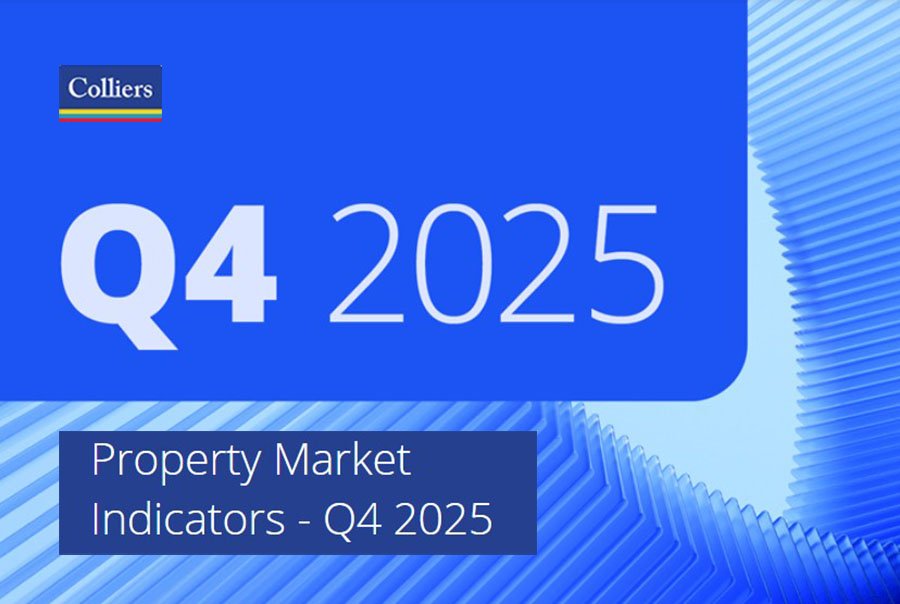 Real Estate in Denmark: where rents are rising and how yields are shifting
Real Estate in Denmark: where rents are rising and how yields are shifting
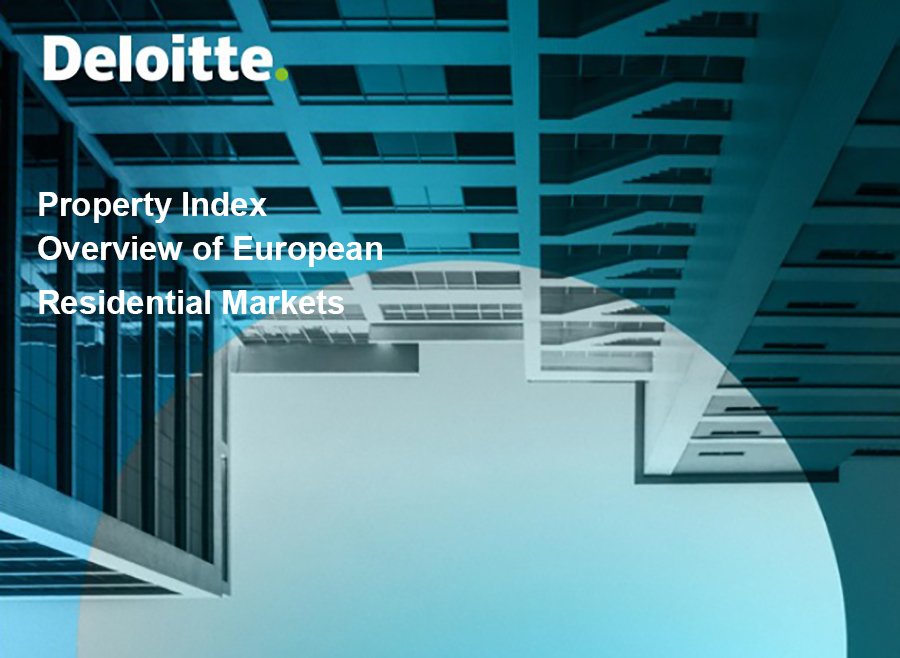 How Many Years of Work Does It Take to Buy a Flat in Europe: Deloitte 2025 Data
How Many Years of Work Does It Take to Buy a Flat in Europe: Deloitte 2025 Data
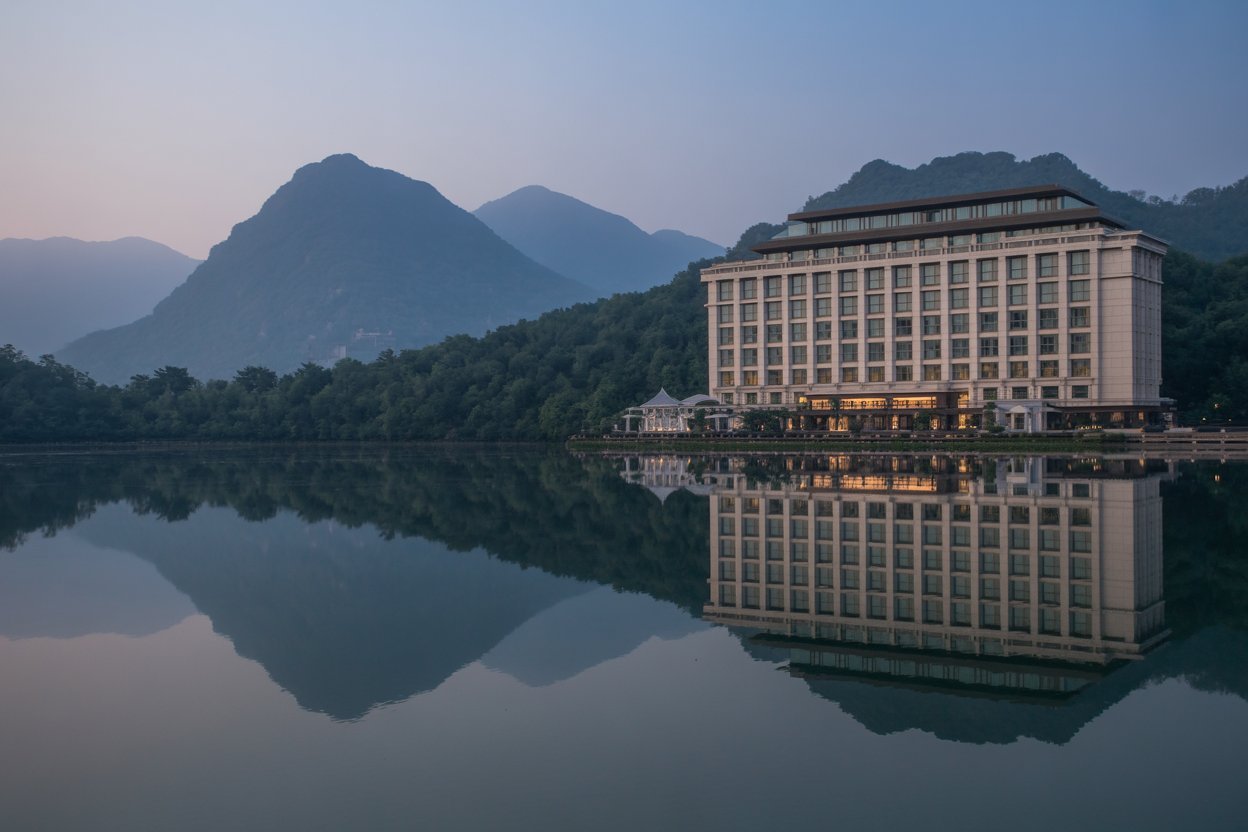 Hilton Bets on China, Japan, and India — and Eyes Georgia Next: How Global Travel Is Being Redefined
Hilton Bets on China, Japan, and India — and Eyes Georgia Next: How Global Travel Is Being Redefined
Housing Prices in Russia Will Rise by 10–15% in 2027: Dom.RF Forecast

Photo: Wikipedia
The Russian housing market is expected to see a noticeable price surge in 2027. Mikhail Goldberg, head of the analytical center Dom.RF, stated at a TASS press conference that new-build prices may increase by 10–15% — roughly twice as fast as the expected inflation rate. The key driver will be a reduction in market mortgage rates to around 10%.
What Is Happening in the Primary Market
From January to October 2025, the cost of new-build housing in Russia rose by 6.4% in nominal terms and by 1.5% in real terms. According to Mikhail Goldberg, lowering market mortgage rates to 10% or below in 2027 may repeat the situation of 2021–2022, when affordable mortgages triggered a surge in demand.
Another factor is the low level of supply. Against the backdrop of limited new projects, prices may grow significantly faster than inflation in 2027: with inflation at 4–5%, housing costs may rise by 10–15%. In this case, housing affordability will come under pressure, and support measures will be especially important in smaller regions.
Construction and Mortgages
Housing completions in Russia from January to October 2025 fell by 4.6% compared to the same period in 2024 — down to 83.6 million sq. m, reports Kommersant citing Rosstat. October became the first month since March to show growth: around 7 million sq. m were commissioned, 9% more than a year earlier.
The slowdown in individual housing construction (IHS) persists: 55.5 million sq. m were commissioned in ten months (–4.5%). In October, IHS also showed growth — up 11.7% to 3.1 million sq. m, although this is still the lowest monthly result of 2025.
Construction of apartment buildings declined by 4.6% over ten months to 28.1 million sq. m. In October, 3.9 million sq. m were commissioned (+3%).
The number of new projects has also dropped significantly due to weak demand. From January to October, developers brought 33.1 million sq. m to the market — 15% less than a year earlier. In October, 4.7 million sq. m were launched (+2%), the highest figure since March 2024.
Mortgage activity also decreased: 695,200 loans were issued in ten months (–40%), totalling 3.1 trillion rubles (–28%). In October, some recovery was observed — total mortgage volume increased by 31% to 481 billion rubles, and the number of deals grew by 10% to 105,000.
Forecasts from Other Experts
Autumn data is unlikely to change the overall trend in the near term. The Ministry of Construction expects total completions at 100–102 million sq. m by the end of 2025 and expresses concern about the coming years, when the effect of reduced project launches may become visible.
According to the forecast of Expert RA, in 2025 new-build prices will [url=https://internationalinvestment.biz/index.php?do=go&url=aHR0cHM6Ly9yYWV4cGVydC5ydS9yZXNlYXJjaGVzL2hvdXNpbmdfY29uc3RfMjAyNS8jcGFydDE%3D]rise[/leech] by 8.3% with inflation at 6.5%. In 2026, growth will slow to 6.1% due to high mortgage rates and accumulated unsold inventory. The agency also expects a different situation in 2027: a decline in the key rate to around 10% will restore demand. In this case, new-build prices may rise by an average of 9.3% with inflation at around 4% — a twofold gap.
RBC Real Estate published expert estimates for Moscow: in 2025–2026 growth is expected to be close to inflation — 6–7%, while in 2027 an acceleration is possible due to falling mortgage rates and reduced supply.
What This Means for Investors
Analysts at [url=https://internationalinvestment.biz/o-nas.html]International Investment[/url] note that investments in Russian real estate remain vulnerable due to ruble volatility. Nominal rental yields amount to 5–7% annually, which looks acceptable within the Russian economy, but when converted to dollars the returns decline sharply. Over the past decade, the ruble has weakened multiple times — from about 30 per dollar to 60–70, and occasionally above 100. This has consistently eroded rental income and, over the long term, reduced the dollar value of properties by 30–50% despite nominal price growth in rubles.
Additional pressure comes from expenses that are rarely included in initial calculations: utilities, repairs, furnishing and vacancy periods. These reduce real yields to 3–4%. When calculating capital gains, future expenses and the drop in value once a new-build becomes a secondary-market unit must also be taken into account. In dollar terms, the final returns often turn out to be modest.
Where to Invest
For capital preservation, investments in dollar-based jurisdictions and assets with USD-denominated returns are more effective. One such destination is Georgia. Real estate investments here also have limitations — moderate yields and an oversupply of housing — but the hotel sector shows notably stronger performance, especially branded luxury properties.
A representative example is the Wyndham Grand Batumi Gonio project. This is a high-end hotel complex managed by Aimbridge Hospitality, an international operator with a portfolio of over 1,500 properties. The management company handles all operational processes: occupancy, rates, service, and distribution. The stated yield is 10% annually in US dollars, with potential growth up to 19% under favourable market conditions. This level is supported by rising tourist flows, limited supply of high-quality resort properties and consistently high occupancy — around 80% even outside the peak season. There are no restrictions for foreign buyers, and the registration process is fast and transparent.
Подсказки: Russia, housing market, real estate, property prices, new-builds, mortgage rates, investments, construction, market forecast





